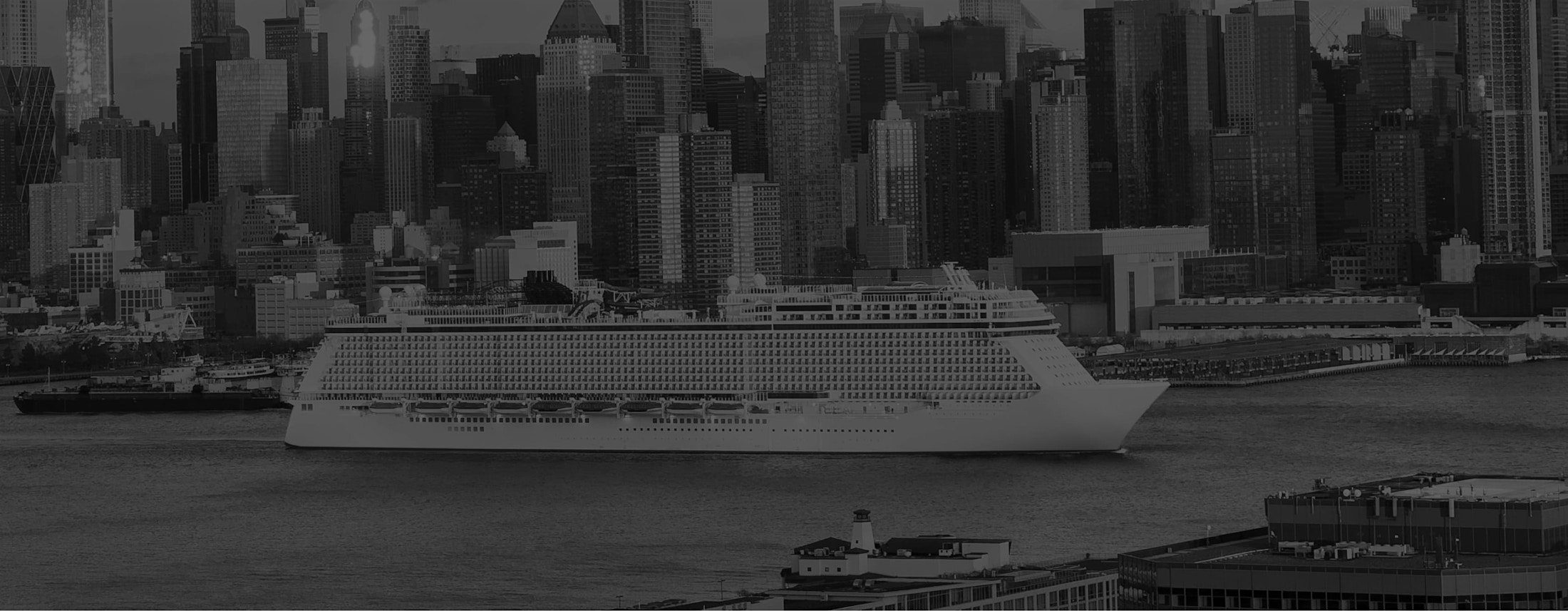Brais Law is Experienced in Handling South Africa Cruise Accident Cases
When you need real results in a cruise injury case involving a destination in another country, the Brais Law Firm is the right choice. Our extensive experience in maritime law and the maritime industry in general, sets us apart. Keith Brais spent about 10 years as a marine engineer before a serious accident left him injured an unable to continue in that field. He went on to become a sought after, board-certified expert in maritime law and spent 20 years defending cruise lines and insurance companies against injury claims. After a particular case struck a chord with him, he decided to no longer represent maritime companies but instead protect the rights of individuals who deserve compensation after an accident. Now our team puts our over 70 years of combined trial experience to excellent use in helping people like you hold cruise lines responsible for damages caused to passenger and crewmembers.








